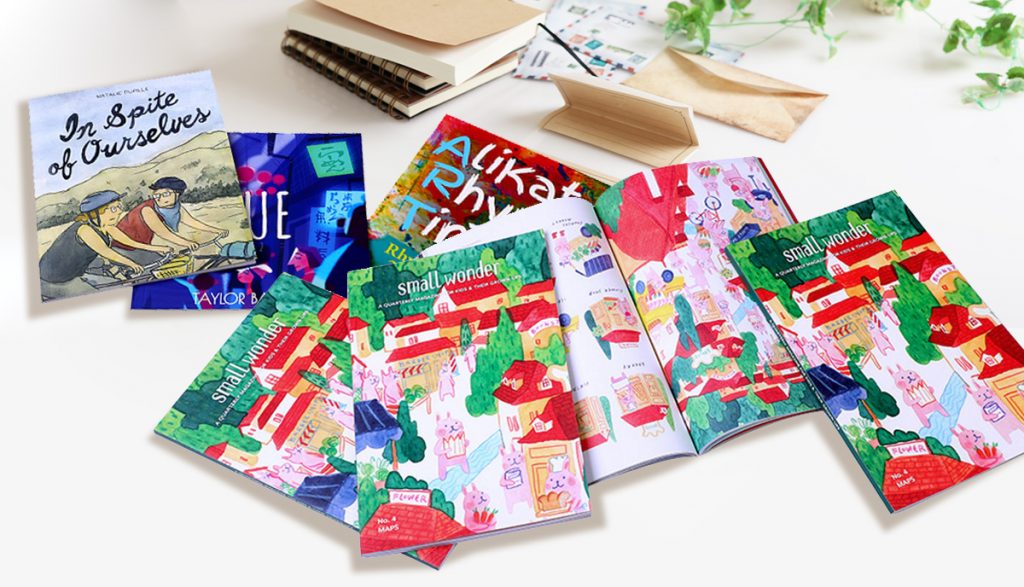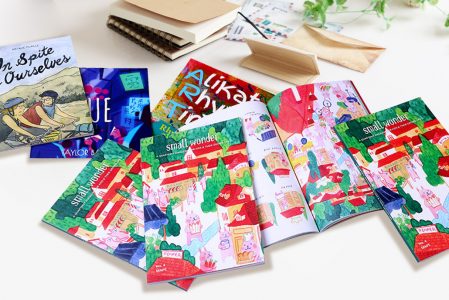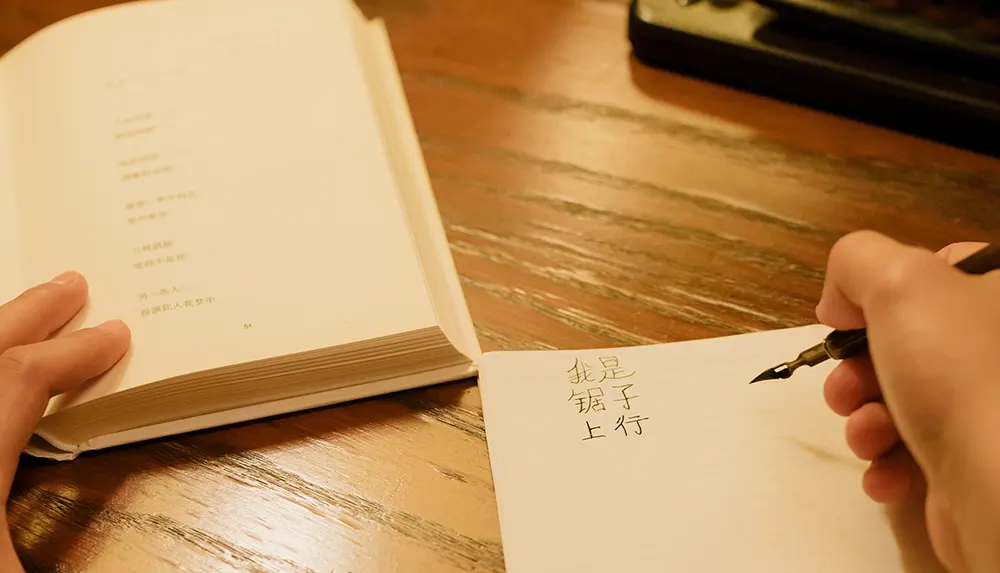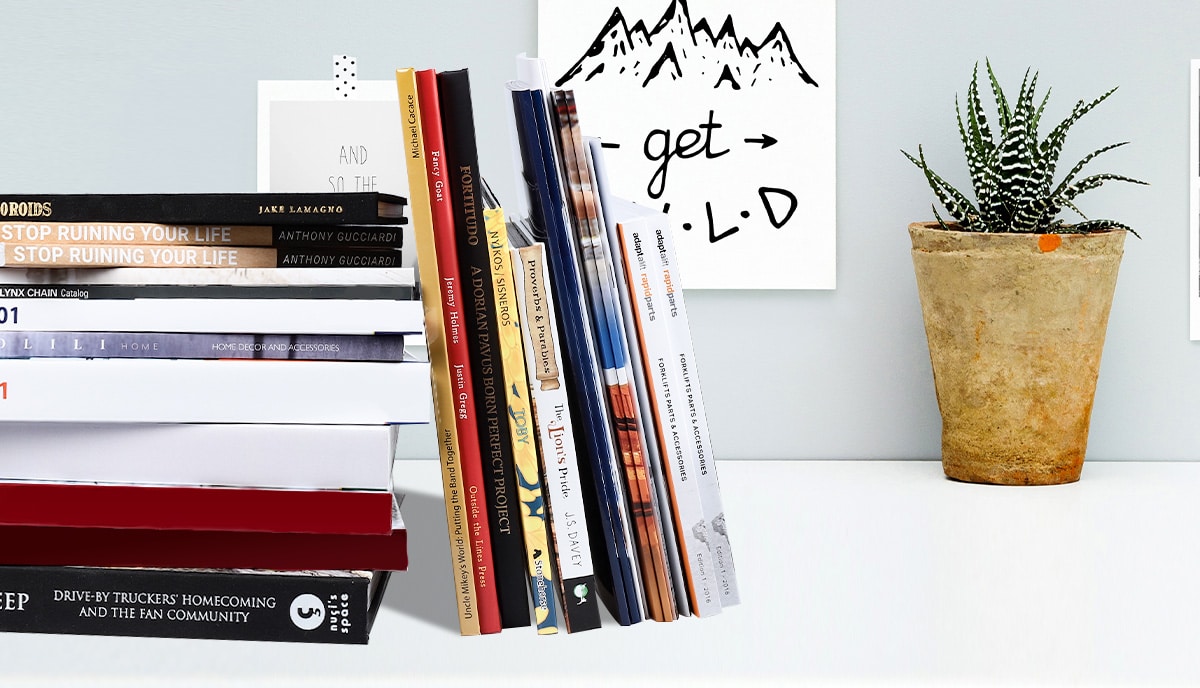A quick-start guide to making the right paper choices for your offset printing project

Image: Books Printed by QinPrinting
Perhaps you think that in the digital age, print may go the way of VHS tapes and landline telephones? But if you do, you're dead wrong. In the same way that buildings still have stairs even after the invention of the elevator, people look forward to the theater release of a movie despite the many streaming services, and home cooking remains the first choice for most families even with the proliferation of microwaveable ready-meals, so printed books, magazines, and marketing materials are here to stay.
At QinPrinting, we've been successful in the offset printing industry for over a quarter of a century and our business continues to expand. Demand for high-quality print is as high as ever. As long as you have printed words, images, and ideas you want to keep, make accessible, sell, or give away, there will be a need for printers like ourselves that can apply ink to paper to create beautiful, effective, and cost-efficient books, magazines, brochures, catalogs, leaflets, and more.
As an international offset printer, we work with corporate clients, non-profits, and independent creatives on a range of projects every day. And aside from the ink, the one thing all these have in common is paper. As a company, we're committed to continually reviewing and improving our sustainability and environmentally friendly credentials. All our high-quality paper and card stocks, for example, are FSC-certified from sustainable sources and we use soy-based inks — which are harmless to the environment and the water supply.
Choosing the right paper for the job in hand is an important decision to make, crucial to the success of your print project. We have an intimate knowledge and understanding of paper, from source materials — such as wood pulp, linen, and China clay — to the manufacturing and coating processes and, of course, printing and finishing. So, the easiest and best way to choose the perfect paper — or papers — for your book, magazine, brochure, or catalog, is to talk to us. You can get in touch via the telephone, email, Skype, our web chat, or our handy online contact form.
But to give you an idea to get started, let's look at the fundamentals of paper choice for a range of popular projects. Depending upon what your final printed product needs to look like — book pages, magazine pages, brochures or catalogs — different papers are better suited than others for each job. There are several factors to consider when choosing the right paper for any printing job. In the rest of this article, we'll explore some of the most important details about offset printing books, magazines, brochures and catalogs using different papers.v
Understanding offset printing
Before we dive into the details of the different papers used in offset printing, it's important to understand how offset printing works. High-quality prints, affordable prices, more options, fast turnaround, and full control of the printing process are just a few of the advantages of offset printing.
Offset printing is a traditional printing technique that was widely used in newspapers before the era of computer-to-plate (CTP) and digital printing. Thanks to technological advances, offset printing is still widely used in printing books, magazines, and other products. Unlike digital printing, offset printing is a process that transfers ink from a plate to a sheet of paper via a rubber cylinder. Hence, the print is “offset” from the metal sheet to the paper. There are three main parts to the printing process:
- The first step is to create a metal plate that has the text and images that you want to print
- The next step is to ink the plate
- Finally, we run the plates through an offset printing press to transfer the ink onto paper
The main kinds of paper used in offset printing are uncoated, gloss-coated, and matte-coated. Uncoated paper has a rougher, more natural, non-glossy finish. We commonly used it in manuals and books. Matte-coated paper has a smooth satin finish and is used in brochures and magazines. Gloss paper has a high gloss finish and is used for posters, catalogs, and covers of all kinds.
Paper for books
The best paper for offset printing books depends on the type of book you're printing. So, a trade paperback genre novel without interior illustrations may have uncoated “wood free” paper for the text and a gloss or matte coated paper for the full-color, illustrated cover. Most other books — like coffee table books, cookbooks, art and photography books, etc., — use paper which usually falls into the “coated paper” category even for the interior pages.
Coated paper is designed for faithful, high-quality image reproduction and text. It's heavier (or thicker) and each sheet has a coating that allows for rich, vibrant colors. The coated paper also has a nice, smooth finish that makes it perfect for creating beautiful book pages. Depending on the specific type of coated paper you choose and the other additions, like fiber or soy content, the paper can be perfect for book covers and dust jackets, too.
Paper for magazines
The paper used in magazines is different from the paper used in books, usually in terms of the weight and thickness. As with most books, magazines use two types of paper: for the cover and the inside pages. The inside pages are often uncoated paper but may also be coated paper depending on the style and content; for example, a newsletter or informational magazine may have its interior pages printed on uncoated paper, whereas a fashion, interior decoration or lifestyle magazine would almost certainly be printed on gloss-coated paper.
The uncoated paper is more porous. It's great for basic text printing but can leave photographs and full-color illustrations looking a little dull and “fudged”. The coated papers are great for magazines that have lots of images, ads and other content with lots of colors and photos, as the pages will be brighter and more vibrant. We do not print the inside pages of many magazines in full color, so uncoated or matte-coated paper is a superb choice for this side of the publication. We use coated paper for magazine covers because it has a nice smooth finish that is both eye-catching and durable.
Paper for brochures/flyers
The papers used for printing brochures and flyers are typically lighter and less expensive than the papers used for printing books and magazines. This is because brochures and flyers don't need the same heavy-duty characteristics that books and magazines do as they're not intended to last. Brochure and flyer paper is often uncoated or semi-coated, as the heavier paper is usually not a good choice here. The thicker paper is more expensive to produce, and the added bulk can make folding the paper in the right way difficult, which presents problems with the most common types of folded leaflet or saddle stitched brochures.
Paper for catalogs
Catalog paper is like the paper used for books. One difference between catalog paper and paper used for books is the thickness of the paper. Catalog paper is often heavier, gloss-coated stock, which can help it stand up to the additional wear and tear associated with being mailed out, enduring repeated browsing, and keeps the photographic content — which needs crisp, high-quality color reproduction — looking fresh and vibrant.
Key takeaway
When it comes time to choose paper for offset printing books, magazines, brochures, and catalogs, you'll want to consider the type of paper and its thickness. The heavier the paper, the more durable it will be. Coated paper is best for books, magazines, and catalogs as it has a smooth, thick surface that can really make images and text pop. Uncoated paper is best for most magazine inside pages, as the cover will protect it and is suitable for extensive areas of printed text rather than images and photographs. Many publications need two kinds of paper, one for the cover and one for the interior pages.
Talk to us!
The choice of paper affects the quality and impact of the finished printed product, the design process, and the price. When you have a print project in mind, the best thing to do is to talk to us first. With over 25 years' experience under our belts, the latest offset printing technology at our fingertips, a vast range of paper options available, and a genuine commitment to customer service, we'll be happy to give you the best advice to help you choose the perfect paper for both your print project and your budget. Get in touch today for an informal chat or a no-obligation quote. We can't wait to work with you!








